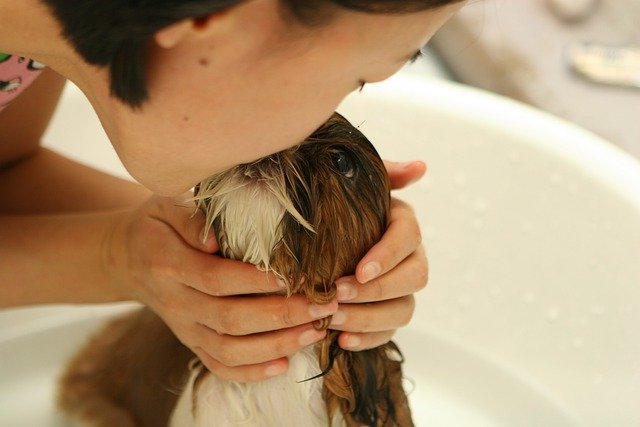Establishing Routines to Ease New Member Transitions
Bringing a new pet into your household is a major adjustment for everyone involved. Clear, consistent routines help newcomers settle faster, reduce stress, and support healthy behavior. This article outlines practical routines across adoption, training, socialization, enrichment, health, and safety to ease transitions for pets and their families.

Welcoming a new animal into your home is both exciting and challenging. Establishing predictable daily routines helps reduce uncertainty, builds trust, and creates a stable environment where a new member can learn expectations. Early consistency in mealtimes, sleep, bathroom breaks, and interactions lets pets anticipate what comes next, which lowers anxiety and speeds up bonding. Small, manageable routines tailored to the animal’s age, species, and background make the transition smoother for everyone.
How can routines support adoption transitions?
When a pet arrives from a shelter, rescue, or previous home, quiet, simple routines help them acclimate. Start with a short daily schedule for feeding, bathroom breaks, and rest periods to create a sense of safety. Limit visitors and high-energy activity for the first several days so the animal can explore at their own pace. Introduce microchipping information, veterinary records, and familiar items like a blanket or toy from the previous environment when possible. Consistent signals—same feeding area, same sleep spot—help the pet form associations and begin to accept the household as their new base.
How to use training routines for obedience and behavior?
Design short, regular training sessions that focus on basic cues and positive reinforcement. Five to ten minutes, two to four times a day, maintains attention and reinforces learning without overwhelming the animal. Use predictable cues and a consistent reward system—treats, praise, or play—so the pet understands desirable behaviors. Incorporate leash work near the house before longer walks, and practice leaving and returning without drama to reduce separation anxiety. Training routines build confidence, improve obedience, and provide structure that channels natural behaviors into acceptable outlets.
What socialization routines help bonding and confidence?
Planned socialization routines expose a pet gradually to new people, animals, and environments while keeping experiences positive. For dogs and cats, controlled meetings, brief introductions, and rewarding calm behavior promote healthy social skills. Schedule brief, supervised interactions several times a week rather than long, intense encounters. Pair exposure with enrichment and treats so the pet learns to associate new stimuli with good outcomes. Bonding routines—daily grooming, quiet cuddle time, or a shared activity—strengthen the human-animal relationship and reassure the animal during change.
Which enrichment routines reduce stress and improve behavior?
Mental and physical enrichment should be regular parts of a new pet’s schedule. Rotate toys, provide puzzle feeders at mealtimes, and set aside structured play sessions to meet exercise needs and reduce boredom-driven behavior. Short, frequent play or foraging sessions are often more effective than one long period of activity. Establish a predictable enrichment timetable—morning play, midday puzzle, evening walk—to give the pet constructive outlets throughout the day. Enrichment supports learning, lessens destructive tendencies, and enhances overall wellbeing.
How do grooming, nutrition, and veterinary routines fit in?
Consistent grooming, feeding, and health checks are essential routines that support a new pet’s physical welfare. Create a feeding schedule appropriate for age and species and keep portions consistent to support digestion and house-training. Introduce regular grooming sessions early—brushing, nail checks, and gentle handling—to make future care easier. Keep a veterinary schedule for initial exams, vaccinations, and any required microchipping or parasite prevention. Document veterinary visits and follow-up care so everyone in the household knows the pet’s health needs and timing.
How to introduce crating and safety routines?
If using crating as part of the transition, make the crate a safe, positive space with comfortable bedding and occasional treats. Start with very short crate periods while you are nearby, gradually extending time as the pet remains calm. Pair crate time with a predictable routine—crate after active play and before naps—to help set expectations. For outdoor safety, establish leash routines, secure fencing checks, and identification habits like collars and microchipping information stored with local veterinary clinics. Safety routines reduce escape risk and help the household respond consistently in emergencies.
Consistency, patience, and clear expectations are central to successful transitions. Routines do not need to be rigid, but they should be reliable and adapted as the pet settles and their needs change. Observe responses to each routine and adjust timing, intensity, or rewards to suit the individual. Over weeks and months, consistent routines help shape behavior, deepen bonding, and create a predictable, calm home environment where new members can thrive.





